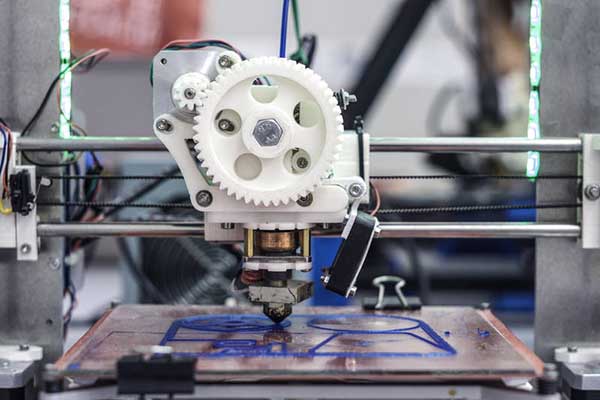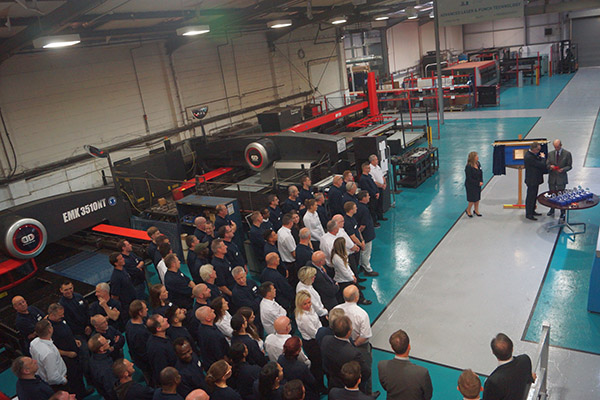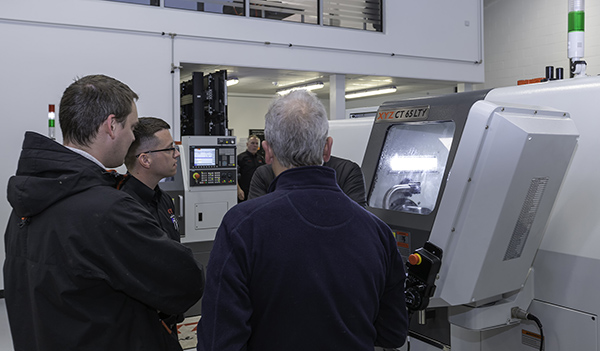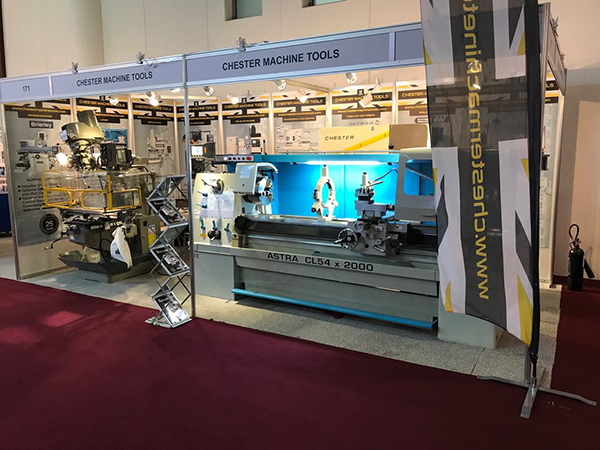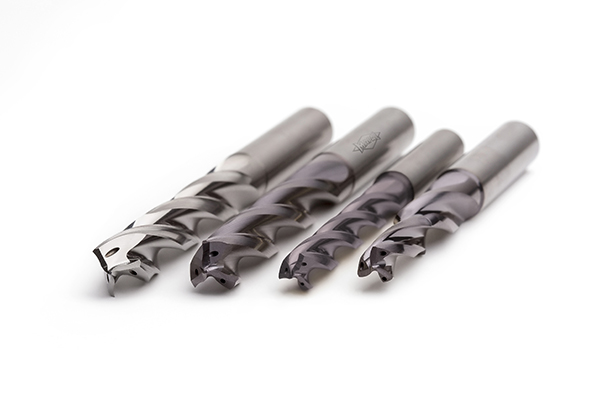CECIMO has created an additive manufacturing (AM) committee that will be the association’s pre-eminent platform to discuss EU policy challenges and opportunities in this rapidly evolving technology field.

The committee will act as an umbrella for all of CECIMO’s current activities (technical, statistical, economic, business and communication) as the voice of AM technologies at European level. CECIMO’s AM committee will focus on broad subjects vital for the industrialisation of AM in Europe, such as the right EU regulatory framework, workforce development, trade and AM-related statistics.
For further information www.cecimo.eu






